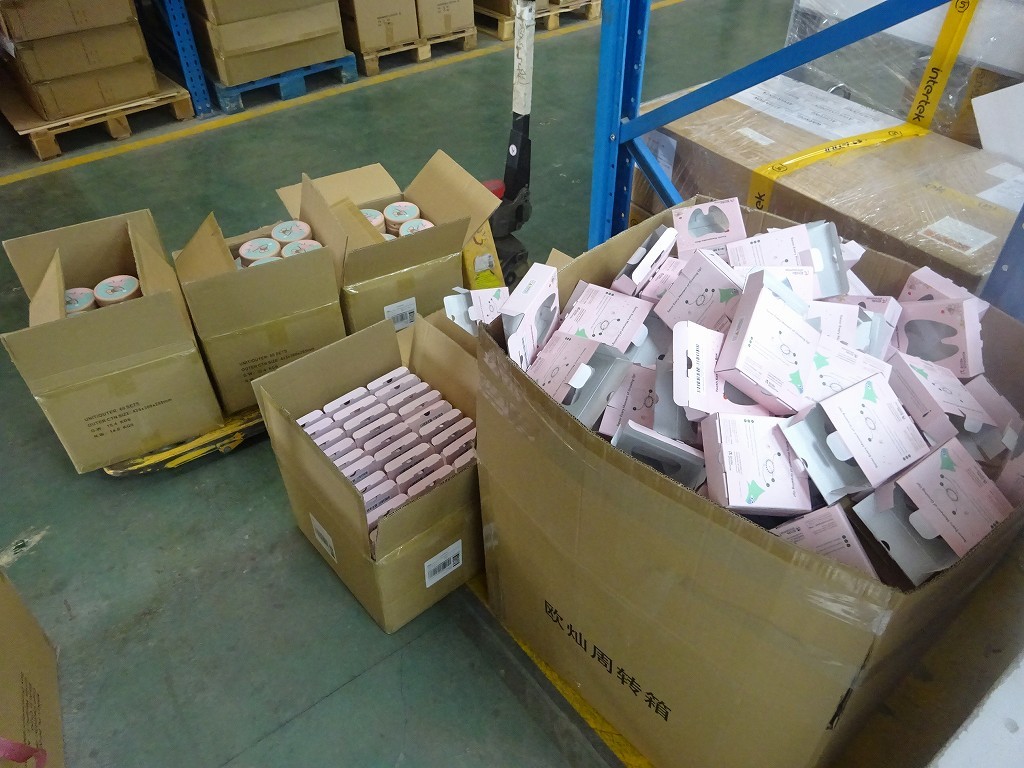Inspectors from third-party inspection companies play a crucial role in ensuring that products meet quality standards before shipment. However, despite their best efforts to conduct thorough inspections, mistakes can occur, leading to discrepancies between the inspection report and the actual product quality. Here are some common mistakes inspectors may make and ways to mitigate them:
Contents
1. Inadequate Sampling Technique:
Sampling is a critical aspect of the inspection process, and if not conducted properly, it can lead to misleading results. Inspectors may sometimes fail to select samples randomly or may not inspect a sufficient number of samples. To address this issue, inspectors should adhere strictly to sampling protocols such as Acceptable Quality Limit (AQL) standards. They should ensure that samples are chosen randomly from different areas of the batch to accurately represent the overall quality.
2. Overlooking Details:
Inspectors must pay meticulous attention to product specifications and inspection requirements provided by the client. Failure to do so can result in overlooking critical details that may impact product quality. For instance, in mechanical parts inspection, neglecting to verify the direction of threads as per the specifications can lead to significant errors. Inspectors should rely on comprehensive checklists and verification procedures to minimize the risk of missing crucial details.
3. Complacency Based on Past Experience:
Experienced inspectors may become complacent when dealing with products from factories they have inspected multiple times without encountering quality issues. This overreliance on past experiences can lead to oversight of potential defects. Inspectors should approach each inspection with objectivity and rigor, regardless of their familiarity with the supplier or product. Every batch should be scrutinized with the same level of diligence to ensure accurate results.
4. Vulnerability to Bribery:
One of the most concerning issues in third-party inspections is the susceptibility to bribery. In some cases, factories may attempt to influence inspectors by offering bribes in exchange for overlooking quality issues. To address this challenge, inspection companies must implement robust anti-corruption policies and provide ethical training to inspectors. Additionally, regular audits and oversight mechanisms can help detect and prevent bribery attempts, safeguarding the integrity of the inspection process.
In conclusion, while inspectors strive to maintain impartiality and diligence in their work, errors can still occur. By addressing common pitfalls such as sampling inaccuracies, oversight of details, complacency, and vulnerability to bribery, inspection companies can enhance the reliability and effectiveness of their quality control processes, ultimately ensuring the delivery of high-quality products to clients. Continuous training, adherence to standardized procedures, and vigilance against unethical practices are essential elements in mitigating these risks and upholding the integrity of third-party inspections.






